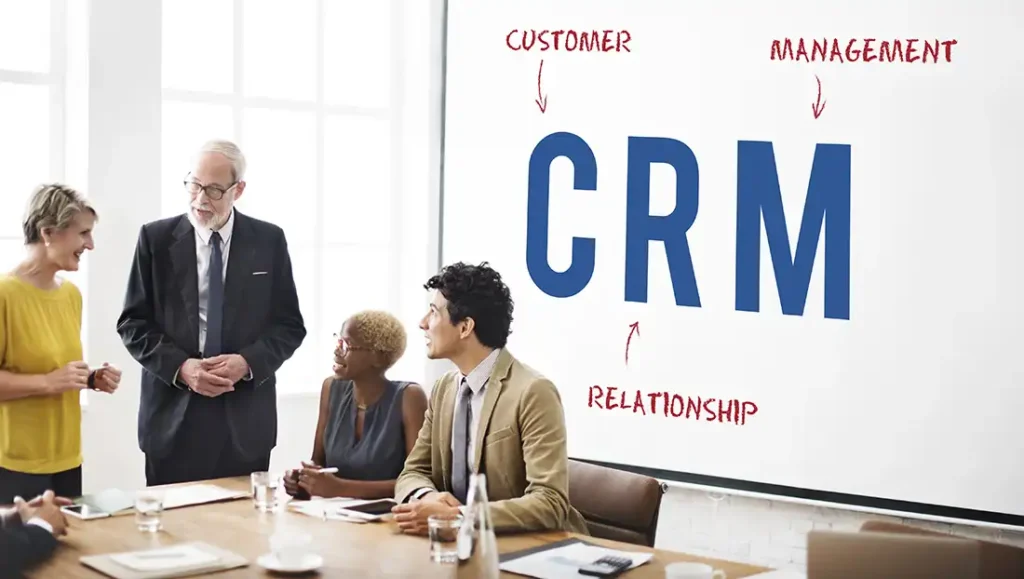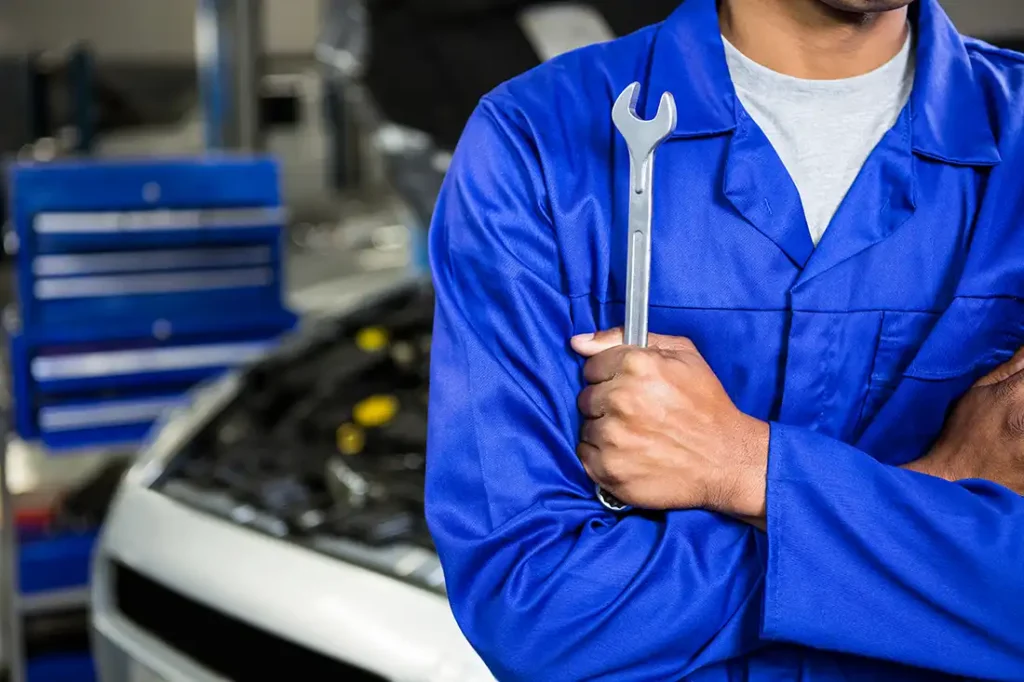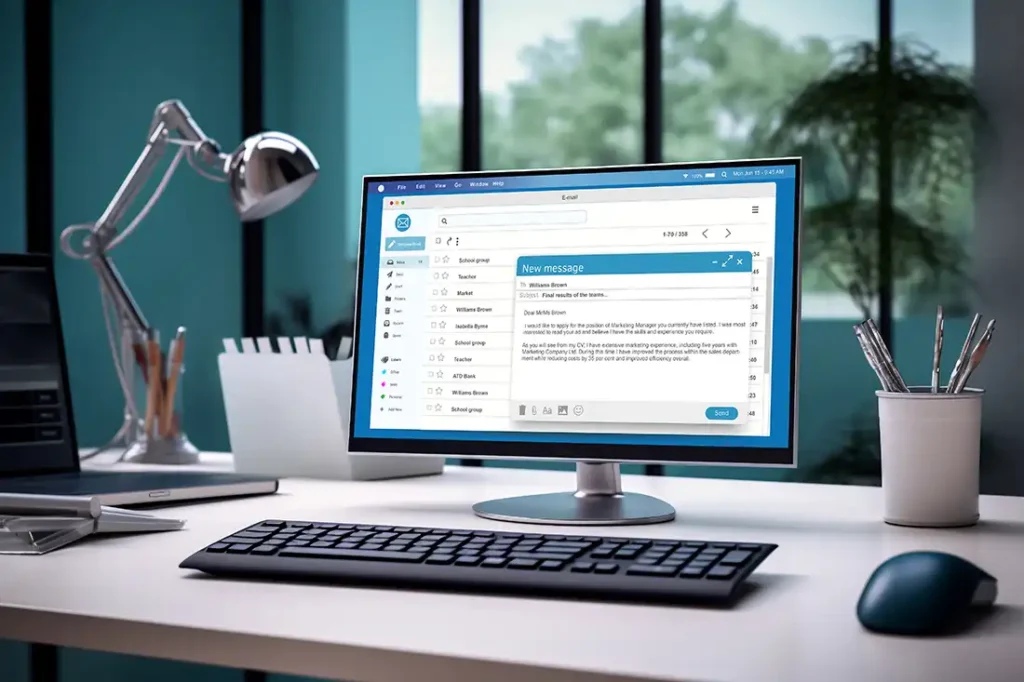Picture this: You’re working the lot on a slow Tuesday. Your phone isn’t ringing. Walk-ins are rare. And that monthly quota? It’s staring you down like a lion ready to pounce.
Sound familiar?
Here’s the brutal truth: Most car salespeople are doing lead generation all wrong.
They’re cold-calling until their fingers hurt. Waiting for website visitors who never show up. Watching competitors steal customers while they wonder what went wrong.
But what if I told you the automotive industry spends $50 to $500 per lead? That means every prospect who walks through your door represents serious money.
The problem isn’t the market. It’s your approach.
Smart salespeople know something their struggling colleagues don’t: Effective lead generation isn’t about working harder—it’s about working smarter.
This guide reveals 10 battle-tested strategies that successful dealers use to fill their lots with qualified buyers. You’ll discover how to turn your website into a lead magnet, use social media like a pro, and build referral programs that run on autopilot.
Ready to transform your sales game? Let’s dive in.

Let’s get real for a second.
Your dealership needs a steady stream of customers to survive. Without leads, you’re basically playing automotive roulette with your paycheck.
Think about it: One solid sale generates enough profit to fund dozens of future lead purchases. The math is simple.
But here’s what most salespeople miss:
Online leads aren’t just easier to close—they’re often better qualified than random walk-ins.
Why? Because they’ve already done their homework. They’ve researched models, compared prices, and decided they’re ready to buy. Your job is just to help them choose you.
The dealerships thriving in today’s market aren’t the ones with the biggest advertising budgets. They’re the ones generating quality leads consistently.

Your website is your digital showroom. But if it looks terrible on a phone, you’re losing customers before they even step foot on your lot.
Here’s a reality check: 60% of car shoppers start their research on smartphones.
Google knows this. That’s why they rank mobile-optimized sites higher in search results. Translation? Better mobile site = more visibility = more leads.
But it’s not just about rankings.
Mobile users expect lightning-fast loading times and effortless navigation. If they can’t easily browse your inventory, schedule a test drive, or contact your team in under 30 seconds, they’re gone.
The conversion difference is staggering: Well-designed mobile sites convert 40% more visitors into actual leads.
Mobile-first design isn't a trend—it's how modern consumers shop for cars.
When someone types “Honda dealers near me” at 11 PM, you want your dealership to be the first thing they see.
That’s the power of local SEO.
Start with the basics:
Google rewards dealerships that provide genuine value. So instead of keyword-stuffing, focus on answering real questions your customers ask.
The payoff? Higher click-through rates and leads that are already interested in visiting your specific location.

Here’s something many dealers miss: Social media isn’t just for posting pretty car pictures.
It’s for building relationships with thousands of potential buyers who scroll through their feeds every single day.
Smart dealers use these platforms to:
The secret sauce? Engagement over everything.
Respond to comments within minutes. Answer questions like you’re talking to a friend. Show the human side of your dealership.
This approach naturally generates leads because people buy from businesses they know, like, and trust.
Social posting builds the foundation. Targeted ads bring immediate results.
Start small: $50 per day on Facebook and Instagram ads targeting your ideal customer profile.
Filter by:
Create ads with crystal-clear calls-to-action:
Track everything. If an ad isn’t converting, kill it and try something new.
The goal: Spend money only on prospects who actually want to buy a car.

Your happiest customers are your best salespeople.
Think about it: When a friend recommends a restaurant, do you trust them more than a random Yelp review? Of course you do.
The same psychology applies to car sales.
Satisfied customers who refer friends create warm leads that convert at much higher rates than cold prospects. Plus, referral programs cost less than traditional advertising while delivering better results.
Here’s how to structure it:
Make the rules crystal clear. Train your team to ask every customer for referrals at delivery time. And use your CRM system to track which referrals show genuine interest.
Pro tip: Ask for referrals when customers are happiest—right after they drive their new car off the lot.

Stop losing leads in email chains and sticky notes.
Customer Relationship Management (CRM) systems track every interaction from first contact to final sale. They remember details you forget and follow up when you’re busy with other customers.
Here’s what good CRM does for you:
The result? Better conversion rates because no potential buyer falls through the cracks.
Modern CRM systems can even deliver leads via text message and create centralized hubs for managing appointments and communications.
Bottom line: If you’re not using a CRM system, you’re working twice as hard for half the results.

Your service department is sitting on a goldmine of potential car sales.
Think about it: Service customers already trust your dealership. They know your quality. They’re not strangers—they’re warm leads waiting to be activated.
Here’s how to tap this resource:
Service advisors can identify customers with:
These customers often consider purchasing instead of fixing their current vehicles. Your service team can collect contact information for follow-up calls about trade-in values and financing options.
The conversion advantage: Service customers convert at higher rates because they already know your dealership’s quality.
Have your account managers contact these warm leads within 72 hours to discuss vehicle upgrades and financing options.

Sometimes the best leads come from face-to-face connections.
Local events create unique opportunities to showcase vehicles while building authentic relationships with potential customers.
Event ideas that work:
Partner with local businesses, schools, or organizations to expand your reach and split costs.
The magic: Personal connections you make at these events often convert better than digital marketing alone. People remember the salesperson who took time to chat about their family, not just their financing options.

While you sleep, valuable content works around the clock to capture leads.
Car buyers research extensively before visiting dealerships. They want to understand financing options, maintenance costs, and buying processes.
Give them what they want in exchange for their contact information:
Create helpful resources like:
Use these as “lead magnets” to collect email addresses and phone numbers.
Quality matters: Focus on creating original content that addresses real buyer concerns. Fresh, exclusive leads convert better than recycled ones from other sources.
The trust you build through valuable content makes the eventual sales conversation much easier.

Interest fades fast in today’s attention-deficit world.
Someone might visit your website today, get distracted, and forget about buying a car by next week. Email campaigns prevent this by keeping your dealership top-of-mind.
Set up automated sequences that:
Personalize messages based on the specific vehicle types that match customer interests. Someone who looked at trucks doesn’t want to hear about compact cars.
The key: Consistent, valuable communication that builds relationships rather than pushy sales pitches.

What gets measured gets improved.
Successful car dealers check their lead generation numbers weekly, not monthly. They know which strategies bring quality leads and which ones waste money.
Track these key metrics:
Use tools that provide detailed analytics with confidence levels and independent validation. Your CRM system should track every interaction from first contact to final sale.
The adaptation advantage: Dealerships that adjust strategies based on real data increase sales by 30% or more compared to those relying on guesswork.
When something isn’t working, kill it fast and redirect resources to what’s producing results.

Lead generation isn’t a set-it-and-forget-it system.
Search engine rankings change. Social media algorithms evolve. Customer preferences shift. What worked last month might not work next month.
Stay ahead by:
Smart dealers never stop experimenting with new approaches while doubling down on what’s already working.
The automotive market rewards quick adapters and punishes those who get comfortable with outdated methods.

These strategies work, but only if you actually use them.
Don’t try to implement everything at once. That’s a recipe for overwhelm and poor execution.
Start here:
Success in car sales comes to people who take action, adapt quickly, and focus on building genuine relationships with customers.
Your next sale is waiting in the leads you haven’t generated yet.
The question is: Will you keep doing what isn’t working, or will you try something new?
The car sales game has changed. Successful salespeople don’t wait for leads—they generate them.
You now have 10 proven strategies that bring qualified buyers directly to your dealership. From mobile-optimized websites to referral programs, these tactics work when you actually use them.
Here’s your next move: Pick one strategy from this guide and implement it this week. Start small, track your results, and scale what works.
Remember, lead generation costs $50-$500 per prospect, but one sale pays for dozens of future leads. The investment pays for itself.
Your next breakthrough sale is waiting in the leads you haven’t generated yet.
Stop waiting. Start generating.
The best approach combines multiple strategies rather than relying on just one. Start with optimizing your website for mobile and local SEO, then add social media advertising and referral programs. Digital marketing works best because it targets people actively searching for vehicles.
Social media advertising delivers the fastest results. You can launch targeted Facebook and Instagram campaigns within 24 hours and start seeing leads within days. Combine this with asking existing customers for referrals to get immediate warm leads.
Referral leads and service department leads convert at the highest rates because these customers already trust your dealership. Online leads from people actively searching for specific vehicles also convert well because they’re further along in the buying process.
Incentives give potential customers a compelling reason to contact you first instead of your competitors. Free trade-in evaluations, discounted services, or cash incentives make people more likely to share their contact information and visit your dealership.
Automotive leads typically cost between $50-$500 each, depending on the source and quality. Start with a modest budget ($200-$500 per month) and scale up based on which strategies deliver the best return on investment for your specific market.